Tiny homes became popular in the early 2000s, mainly to keep the lifestyle sorted and reduce environmental footprint. As years passed, the people drew the concept of living in a few square feet. Whether you are a traveler or a hermit, tiny homes may be your first choice. A DIY tiny home kit is essential before you build one for yourself.
One of the non-negotiables in your tiny home kit must be solar power solutions. For example, the Jackery Solar Generator uses clean energy to power appliances such as ovens, microwaves, toasters, refrigerators, etc. These solar generators are light in weight and easy to maintain. Moreover, you can choose from various sizes and capacities that fit your needs.
Key Takeaways
- Tiny homes range from 80 square feet to 750 square feet. On average, a tiny home is around 400 square feet.
- Prefab tiny house kits cost $4,000–$10,000 and are budget-friendly, while custom designs exceed $150,000 and take longer to build.
- After framing, install a waterproof wrap, roofing, siding, insulated windows, pre-hung doors, gutters, and water barriers.
- Solar generators like Jackery Solar Generators provide off-grid power, are cost-effective, and reduce carbon footprints.
How to Build a Tiny Home Kit
To build a tiny home kit, you must first set a budget according to the size and customization of your home. For the same, you can make a comprehensive list of everything you need at home. Here are some steps to build your own tiny home kit:
Step 1: Set Your Budget
The first step is to decide how much to spend on the tiny home. Consider land costs, square footage, and building expenses. Tiny homes cost around $150 per square foot, and most range from 100 to 400 square feet in size. If building on land, factor in land prices and permits. Setting a clear budget helps avoid overspending.
Step 2: Pick a Floor Plan
The next step is choosing a floor plan—an architect's custom design costs around $150,000. Prefab tiny house kits are cheaper, costing between $4,000 and $10,000. Kits come with a set floor plan and materials. Custom builds take longer and require more money. First-time builders often prefer kits for simplicity.
Step 3: Finance Your Tiny Home
Building a custom 4-bedroom tiny home kit or adding luxury finishes requires financing. Before starting, it’s essential to budget for all costs. Hiring a contractor or HVAC professional can help with the build. Consider solar power sources like Jackery Solar Generators for a more energy-efficient option. These solar generators use renewable energy and are a sustainable alternative to conventional grid energy.
Step 4: Purchase Construction Materials
Once the design is ready, gather materials for the build. Some kits include everything needed, while others require additional purchases. Materials include joists, studs, siding, windows, insulation, and flooring. Plumbing, HVAC, and appliances are also needed. Shopping around helps find the best deals. Tools and equipment are also necessary.
Step 5: Prepare Your Trailer and Foundation
The foundation must be set before construction starts. Tiny homes can be built on trailers or permanent land foundations. Trailers need to be level and secure before framing begins. Proper site preparation is essential if using land. A strong foundation ensures the home’s stability.
Step 6: Start Framing
Framing is the first significant construction step. Walls are built in sections and secured to the floor. Next, roof rafters and lofts are added. The sheathing is installed to strengthen the structure. Openings are cut for doors and windows. Framing provides the home’s basic shape.
Step 7: Install Siding, Roofing, Windows and Doors
Once the framing is complete, exterior work begins. First, a waterproof house wrap is applied. Then, roofing materials and siding are installed. Pre-hung doors are recommended for easy installation. Windows should be insulated for energy efficiency. Gutters and water barriers can also be added at this stage.
Step 8: Begin Rough-In for Utilities
Installing utilities brings the home to life. The HVAC ductwork is done first since it takes up the most space. Plumbing is set up by connecting to a water source or storage tank. Solar panels add electrical wiring, either on-grid or off-grid. Gas lines are installed if needed. Hiring a professional ensures safe and correct installation.
Jackery Solar Generators for Tiny Home kit
Jackery is a sustainable brand that aims to bring green energy to all by providing solar power supply. It manufactures solar panels, portable power stations, and solar generators. Jackery Solar Generator combines Jackery SolarSaga Solar Panels and Jackery Portable Power Station.
When solar panels are placed outside, they capture solar radiation through their specialized cells and convert it into electrical energy. This energy is then sent to a portable power station and converted into AC energy. You can power appliances such as refrigerators, lights, dishwashers, and more for your tiny home.
Jackery Solar Generator 2000 Plus
The Jackery Solar Generator 2000 Plus is a reliable solar generator for various scenarios, such as home emergencies and off-grid living. It has an expandable capacity and can power heavy-duty appliances such as an oven, refrigerator, coffee maker, etc. This sustainable, next-generation generator is emission-free and operates quietly. Battery packs can expand the capacity of this off-grid generator and power your appliances during blackouts.
Appliances Working Hours
- Coffee Maker (1300W): 1.3H
- Electric Cooker (900W): 1.8H
- Microwave Oven (1160W): 1.4H
- Refrigerator (520W): 3.1H
- Portable Air Conditioner (1150W): 1.4H

Customer Reviews
“It works great. I had no problems getting it charged and up and running. I have not installed the transfer switch yet. I would recommend the Jackery systems you have.”
- Mario Contreras
Jackery Solar Generator 5000 Plus
The Jackery Solar Generator 5000 Plus boasts a compact, quiet design with wheels and a pull handle for easy mobility. Ideal for home emergencies, it efficiently powers essential appliances such as refrigerators, ovens, electric cookers, dishwashers, and more. With its zero-emission design and safe indoor usage, it can power various appliances you need for your tiny home, even during power outages.
Appliances Working Hours
- Dishwasher (1500W): 2.7H
- Coffee Machine (1000W): 4H
- Kettle (1200W): 3.4H
- Oven (1200W): 3.4H
- Hair Dryer (1500W): 2.7H

Customer Reviews
“Great savings as purchased during the promotion—quick arrival. Installation was easy. Able to use within 2 days of arrival. Solid system. Panels are easy to install with clips to siding and roof tiles.”
- Lea Curtis
Other Must-Have Accessories for a Tiny Home Kit
Living in a tiny home does not mean giving up essentials. It is about choosing functional and eco-friendly accessories. Solar lights and composting toilets make life easy and sustainable. These smart choices help create a comfortable and efficient home.
Storage
Storage is a big challenge in tiny homes. Some furniture has hidden storage, but that is not always enough. Foldable storage solutions help keep things organized. Storage boxes work well, especially if they are stylish and can be folded when not in use.
Containers
Messy cupboards are a problem, especially in small spaces. Collapsible lunch boxes save space in tiny kitchens. They fold down and fit easily in bags. They are safe for dishwashers, microwaves, ovens, and freezers. These reusable containers also help reduce waste from single-use plastics.
Deck Chair
Outdoor space is essential in tiny living. Many owners enjoy relaxing on their deck or rooftop. A foldable deck chair adds comfort and is easy to store. It can also be packed for trips to the beach or camping. Enjoying nature is a big part of tiny house life.
Water Conservation Systems
Rainwater harvesting helps save water. It collects rain for later use, reducing dependence on other sources. Simple systems use barrels for gardening, while advanced setups filter water for home use. Tiny homes benefit from gravity-fed systems that don’t need pumps.
Composting Toilets
Composting toilets break down waste using bacteria. They reduce water use and prevent sewage pollution. These toilets separate liquid and solid waste to improve composting. They require proper ventilation and carbon-rich materials for better performance. This system is ideal for off-grid tiny homes.
Multi-Functional Furniture
Tiny homes need furniture that saves space. Multi-functional pieces, like storage ottomans and foldable tables, are helpful. A wall bed can turn a bedroom into a living area. These designs maximize space without losing comfort. Smart furniture choices make tiny homes feel bigger.
Vertical Gardens and Planters
Tiny homes can also have gardens. Vertical planters save space while adding greenery. They improve air quality and create a fresh, natural feel. Herbs and vegetables can be grown indoors or on walls. These gardens make homes look beautiful and provide fresh produce.
Cable Management box
Messy cables can make a tiny home look untidy. A cable management box keeps wires organized. It has slots for cords to come out neatly when needed. Unused cables can be hidden inside. This helps prevent clutter and tripping hazards.
Air Purifier
Tiny homes quickly collect dust. Air purifiers keep the air clean by removing allergens and pollutants. They are helpful in urban areas where air quality is low. Ventilation helps, but an air purifier ensures better indoor air. It makes small spaces healthier and more comfortable.
What Size Generator Do I Need in My Tiny Home Kit
Selecting the right generator ensures your appliances run smoothly without overload issues. Follow these steps to know what size of generator you need for your home or workspace.
Step 1: List All Essential Devices
List all the devices and appliances you plan to run in your tiny home. For each device, note its running wattage (the power it consumes while operating) and its starting wattage (the extra power needed when turning on). If the wattage information is unavailable, you can calculate it using this formula:
Step 2: Calculate the Total Power Requirement
After listing the appliances, add up their running wattage to get the total amount of power needed to keep them running. Next, identify the device with the highest starting wattage. By pinpointing the highest starting wattage, you ensure your generator can handle sudden power surges without shutting down or damaging your appliances.
Step 3: Determine the Required Generator Wattage
To get the final wattage requirement, add the total running wattage of all devices to the highest starting wattage. The resulting number represents the peak power demand your generator must support.

Cost to Build a Tiny Home
Here’s a table of essential and non-essential equipment needed to build a tiny home. Each item includes an estimated price range to help with budgeting.
|
Essential Equipment |
Estimated Price Range |
|
Building Permit |
$3,000 - $9,000 |
|
Foundation |
$1,000 - $5,000 |
|
Lumber |
$500 - $2,000 |
|
Metal Roofing |
$300 - $1,000 |
|
Flooring |
$500 - $3,000 |
|
Insulation |
$1,000 - $2,500 |
|
Siding |
$500 - $4,000 |
|
Interior Finishes |
$750 - $3,000 |
|
Electrical |
$1,000 - $6,000 |
|
Doors and Windows |
$500 - $20,000 |
|
Utility Hook-Ups |
$3,500- $5,000 |
|
Non-Essential Equipment |
Estimated Price Range |
|
Trailer (for mobile tiny home) |
$5,300 - $9,500 |
|
Fixtures |
$800 - $4,000 |
Note: These are estimated values and may vary based on location, material quality, and customization preferences.
FAQs for Tiny Homes Kit
Why Tiny Homes Are Popular?
Tiny homes are usually 400 square feet or less. Some can be as big as 750 square feet or as small as 80 square feet. The focus is on smart use of space rather than size. They are affordable to build, and some people even construct their own. Utility costs are low, with some homes heated by a single stove in winter.
How expensive is it to build a little house?
The cost varies, but a tiny home typically costs around $150 per square foot, ranging from $10,000 to $150,000 depending on size, materials, and customization.
What is the cheapest tiny home I can build?
A basic DIY tiny home kit with minimal features and budget-friendly materials can cost as low as $4,000 to $10,000. The cost includes permits, foundations, utilities, insulation, siding, and more.
What is the minimum size for a tiny house?
Tiny homes usually start at 80 square feet, with most ranging between 100 and 400 square feet. While a tiny home on the trailer is 8.5 x 40 by 13.5 feet or 320 square feet overall.
Can I build my own little house?
Yes, with a DIY tiny home kit or custom plans, you can build your own tiny house, though professional help may be needed for utilities and permits.
Conclusion
Tiny home kits offer an affordable and efficient way to build a compact living space. Whether you choose a DIY kit, a two-story kit, or a four-bedroom kit, these pre-designed solutions simplify the construction process. Tiny homes maximize space with innovative design, multi-functional furniture, and eco-friendly systems like solar power and composting toilets.
With Jackery Solar Generator, you can enjoy off-grid living without relying on fossil fuels. These generators provide reliable power for refrigerators, air conditioners, and microwaves, ensuring an uninterrupted energy supply. Their quiet operation, expandable capacity, and emission-free performance make them a strong choice for those seeking sustainable and cost-effective energy solutions in their tiny homes.
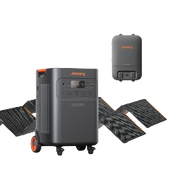
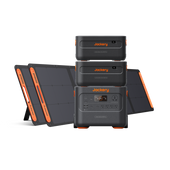
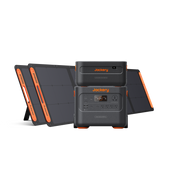
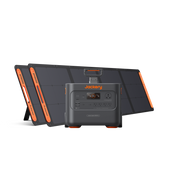

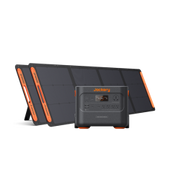
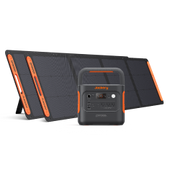

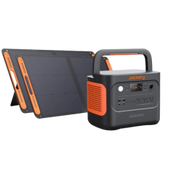
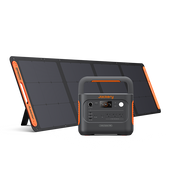
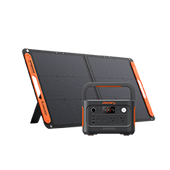

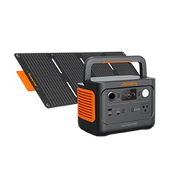

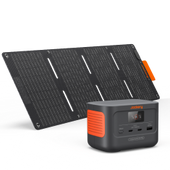
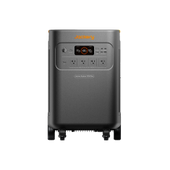

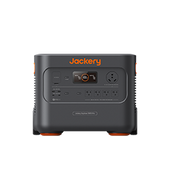
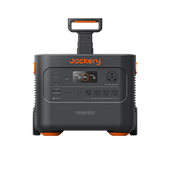
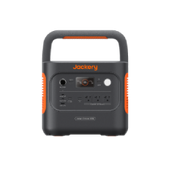
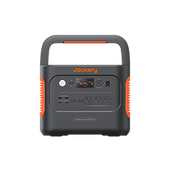

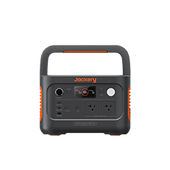
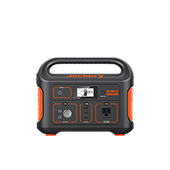
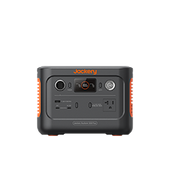

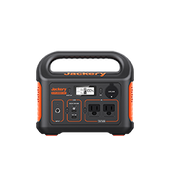
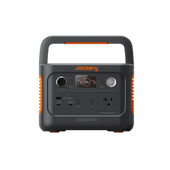
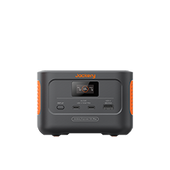



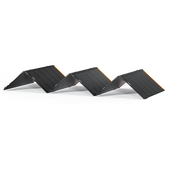
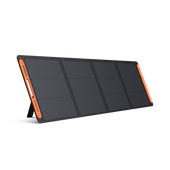
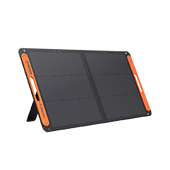
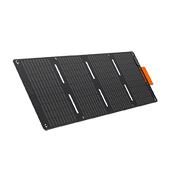
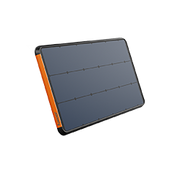
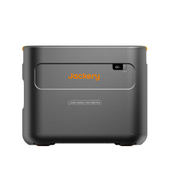
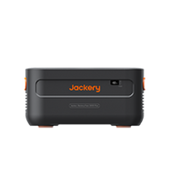


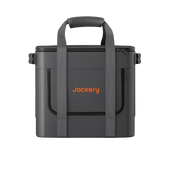
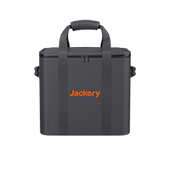
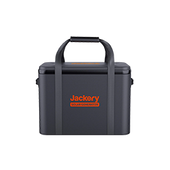

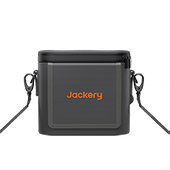
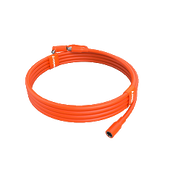
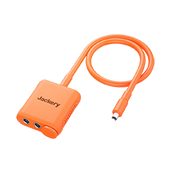
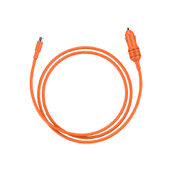

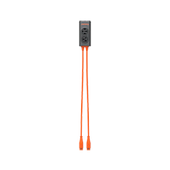
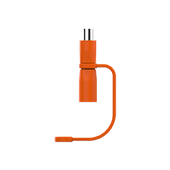
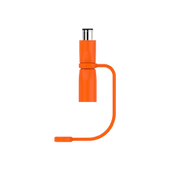


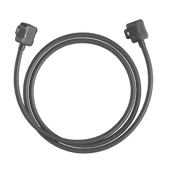
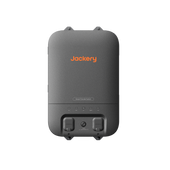
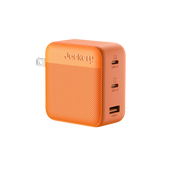




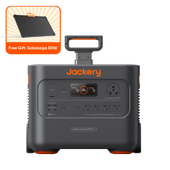
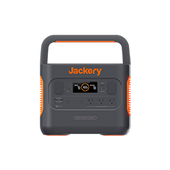
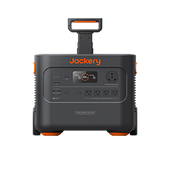
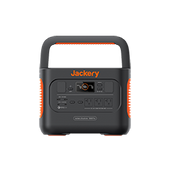
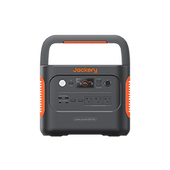
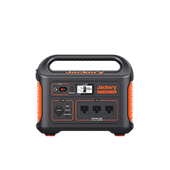
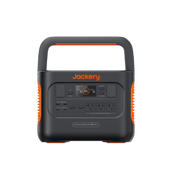
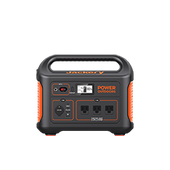
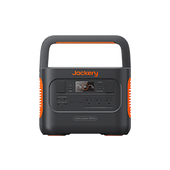
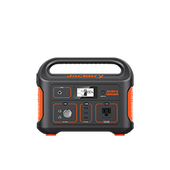

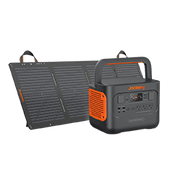
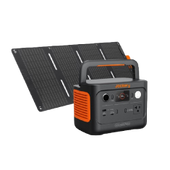
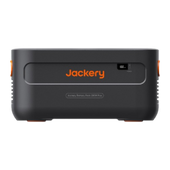
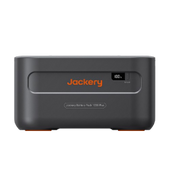

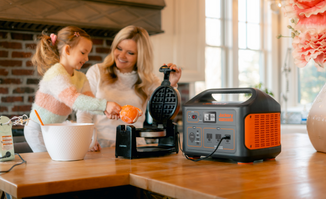
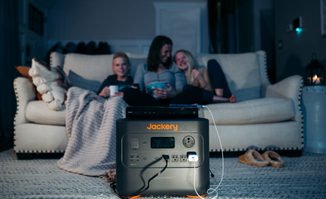

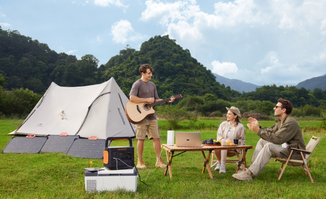
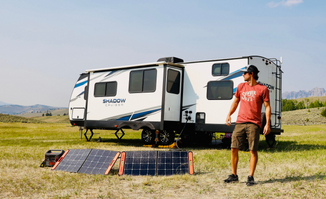
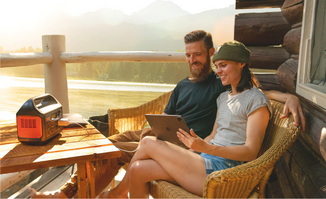




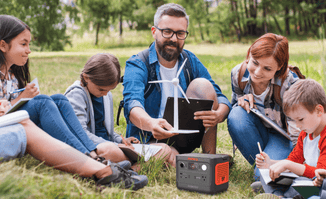


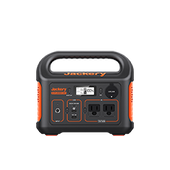
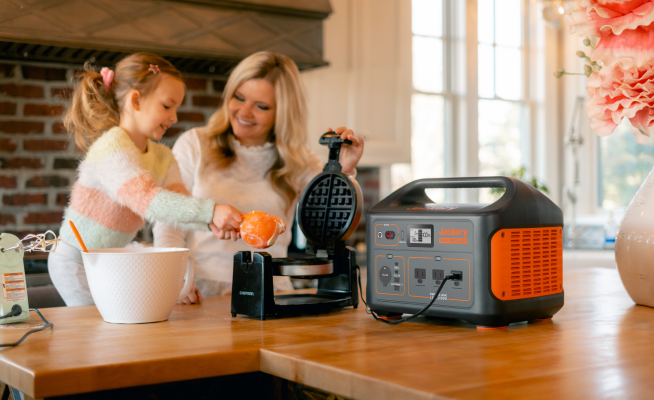


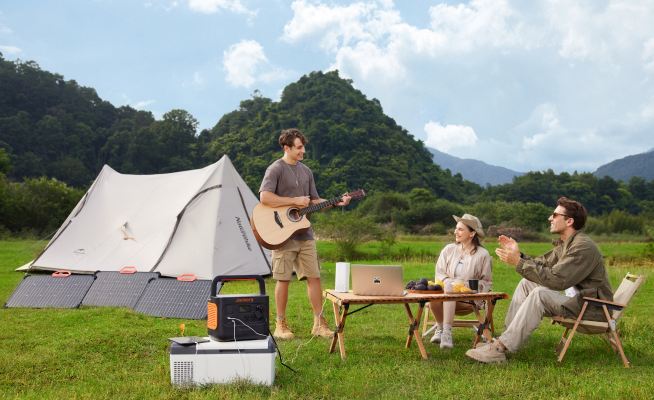
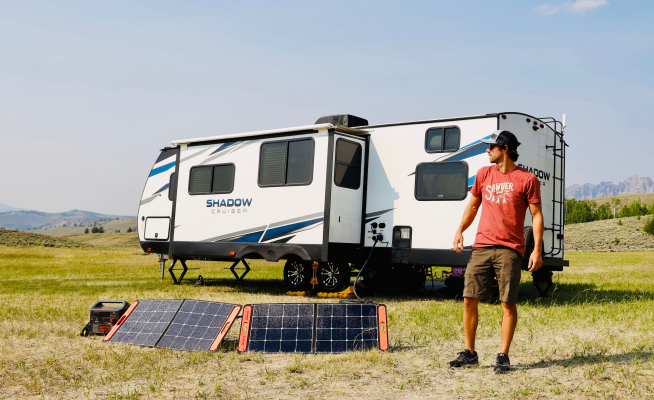

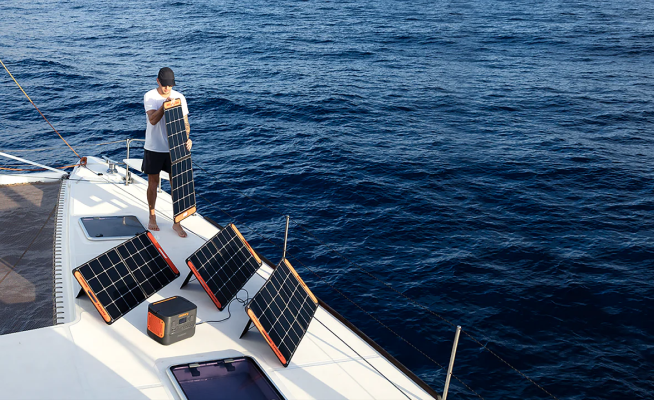
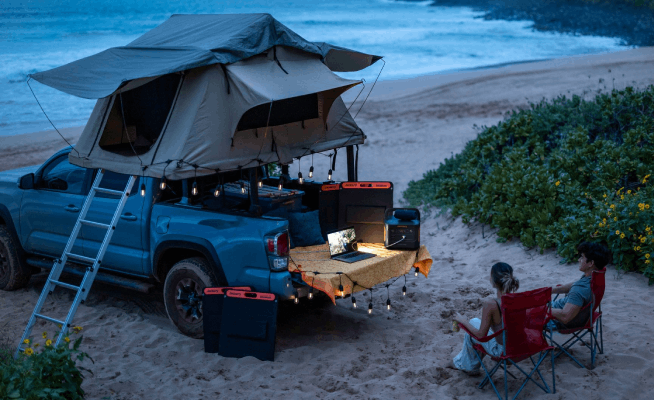
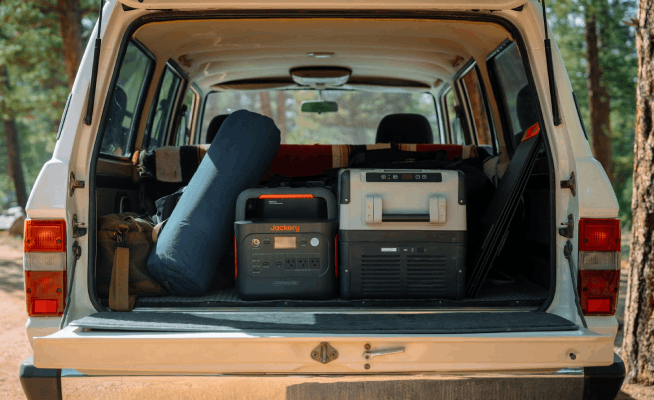

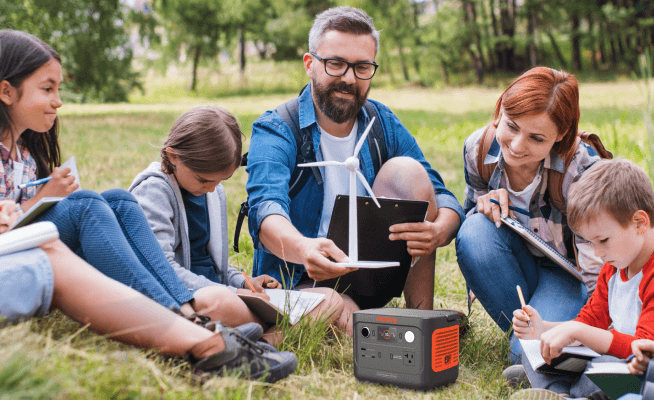
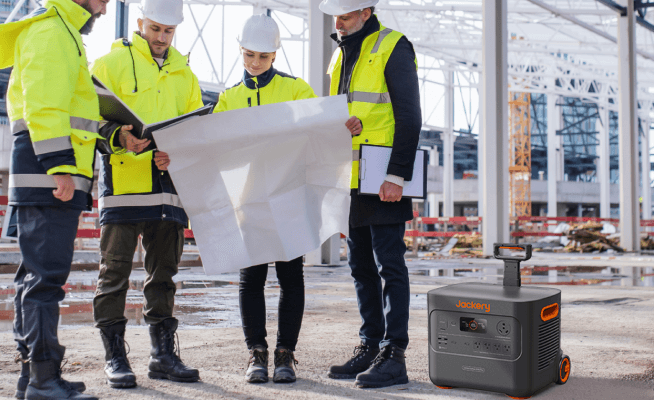














Leave a comment